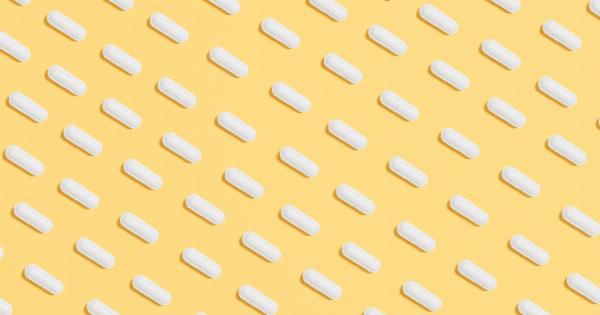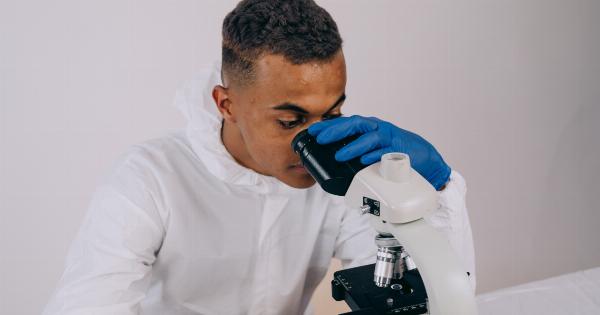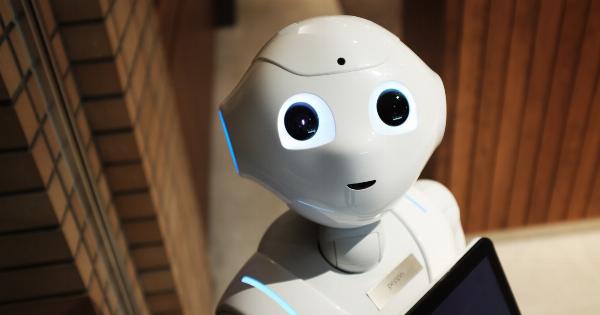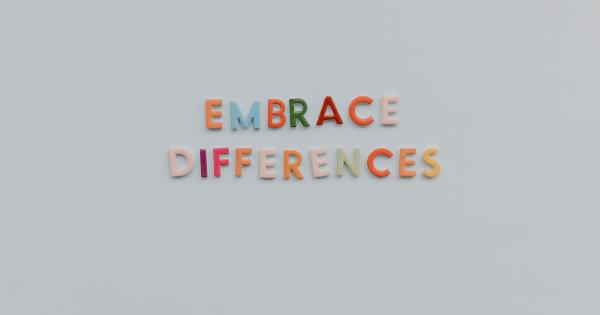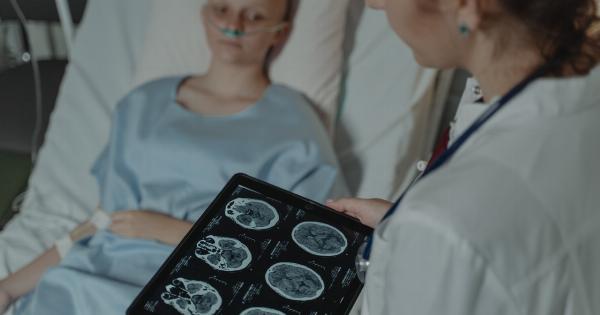Recent advancements in the field of 3D printing have brought us closer to a groundbreaking medical breakthrough: a fully functional 3D printed human heart.
This astonishing development has the potential to revolutionize the field of organ transplantation and address the ever-growing shortage of donor organs. With the ability to create patient-specific, perfectly matching hearts, the era of waiting lists and rejection risks may soon be a thing of the past.
The Rise of 3D Printing in Medicine
Before diving into this remarkable feat of innovation, it’s crucial to understand the significance of 3D printing in the medical realm.
3D printing, also known as additive manufacturing, enables the creation of three-dimensional objects by layering materials based on a digital design. Initially used mainly in industries such as aerospace and automotive, the medical field recognized its potential and rapidly embraced this technology.
From prosthetics to surgical tools and implants, 3D printing has already demonstrated its tremendous potential for medical applications.
The ability to customize and create complex structures has paved the way for the printing of increasingly complex biomedical devices, including human organs.
The Technical Marvel: 3D Printed Hearts
Creating a 3D printed heart presents a unique set of challenges, mainly due to the intricate nature of this vital organ. However, scientists and researchers have made extraordinary progress in overcoming these obstacles.
One of the most notable successes in this field comes from Dr. Tal Dvir and his research team at Tel Aviv University in Israel. They successfully printed a small-scale human heart using a patient’s own cells and biological materials.
The heart they created included blood vessels, ventricles, and chambers, making it an incredible engineering triumph.
Unleashing the Power of Bioprinting
Bioprinting, a subset of 3D printing, focuses specifically on recreating human tissues and organs using biologically compatible materials.
By combining the technology of 3D printing with the knowledge of cell biology and tissue engineering, scientists can create functional organs layer by layer.
The key to successful bioprinting lies in the bioinks – substances resembling biological structures that contain living cells.
These bioinks are carefully formulated to provide the necessary mechanical and biological properties to support cell growth and tissue development.
Process and Challenges of 3D Printing Hearts
Creating a 3D printed heart is an incredibly complex and intricate process, involving several stages and challenges.
Stage 1: Imaging the Heart
The process begins with capturing detailed images of the patient’s heart through techniques such as magnetic resonance imaging (MRI) or computed tomography (CT) scanning. These images serve as a blueprint for creating a 3D model of the heart.
Stage 2: Designing the Model
Using specialized software, scientists analyze the collected data and convert them into a digital 3D model. This model allows them to visualize the heart’s structure, identify any abnormalities, and plan for the printing process.
Stage 3: Printing the Heart
Once the 3D model is ready, it is time to start printing the heart. The printer deposits precise layers of bioink, with living cells, based on the digital design.
The challenge lies in maintaining the viability and functionality of the cells during the printing process, ensuring that they can adapt and interact within the newly printed structure.
Stage 4: Maturation and Integration
After the heart is printed, it requires time for the cells to mature and form tissue. The printed heart is placed in a bioreactor, a specialized environment that provides the necessary conditions for cell growth and development.
Here, nutrients and hormones are carefully controlled to facilitate the integration and maturation of the printed heart. The process may take several weeks or even months until the heart is ready for transplantation.
The Road Ahead: Challenges and Potential
While the successful printing of a 3D human heart is undoubtedly an extraordinary achievement, challenges and obstacles remain on the path towards widespread implementation.
One of the main challenges is the need to scale up the size of the printed hearts. While scientists have been able to print small-scale hearts, the printing of adult-sized hearts is considerably more complex.
The heart’s complexity, including the need for intricate blood vessels and chambers, poses considerable technical challenges that require further research and development.
Additionally, ensuring long-term functionality and compatibility with the recipient’s body is paramount.
Scientists must verify the functionality of the printed heart, including its ability to respond to electrical signals, pump blood effectively, and integrate seamlessly with the recipient’s existing cardiovascular system.
Funding is another crucial factor that affects the progression of 3D printed hearts.
As this technology is still in its early stages, significant financial support is necessary to push research forward, enhance printer capabilities, and ultimately make 3D printed hearts a viable reality for patients in need.
The Promise of 3D Printed Hearts
Despite the challenges ahead, the potential benefits of 3D printed hearts are immense:.
1. Personalized Organs: Each heart can be tailored to the patient’s specific needs and anatomy, minimizing the risk of transplant rejection and improving overall success rates.
2. Shorter Waiting Lists: The shortage of donor organs is a global issue, leading to long waiting lists and unfortunate fatalities.
The ability to create organs on demand could potentially eliminate these waiting lists, saving countless lives in the process.
3. Reduced Need for Immunosuppressant Medication: Organ transplant recipients often require lifelong use of immunosuppressant medications to prevent their bodies from rejecting the transplanted organs.
With 3D printed hearts, the patient’s own cells are used, reducing the need for long-term immunosuppression.
4. Accelerated Development of New Treatments: The ability to create functional human hearts provides scientists with a valuable tool for testing new medications and treatment approaches without putting patients at risk.
This accelerated development process could open doors to innovative treatments and more effective therapies.
The Ethical Considerations
As with any groundbreaking technological advancement, it is essential to address the ethical considerations raised by 3D printed hearts.
Patient Prioritization: If the ability to create organs on demand becomes a reality, potential concerns may arise regarding the process of determining which patients should receive 3D printed hearts first.
Addressing this issue requires careful consideration and the development of fair, transparent, and inclusive allocation criteria.
Intellectual Property: The development of 3D printed hearts involves extensive research, innovation, and intellectual property.
Ensuring that the benefits of this technology are accessible to all patients in need, regardless of socioeconomic status, will be of utmost importance.
Regulatory Approval: Establishing a regulatory framework to oversee the production and transplantation of 3D printed organs is crucial to ensure safety, efficacy, and ethical practices.
Careful monitoring, quality control, and adherence to ethical guidelines will be essential to prevent misuse and ensure patient welfare.
The Journey to an Innovative Future
As the possibilities offered by 3D printed hearts continue to captivate the imagination of scientists, innovators, and patients around the world, it is clear that we are standing at the precipice of revolutionary change in the field of healthcare.
The successful creation of a fully functional 3D printed human heart will not only transform the lives of millions of patients but also redefine our understanding of what is possible in medical science.
With continued advancements and collaboration between researchers, engineers, and medical professionals, the day when a 3D printed heart is a routine option may be within reach.












